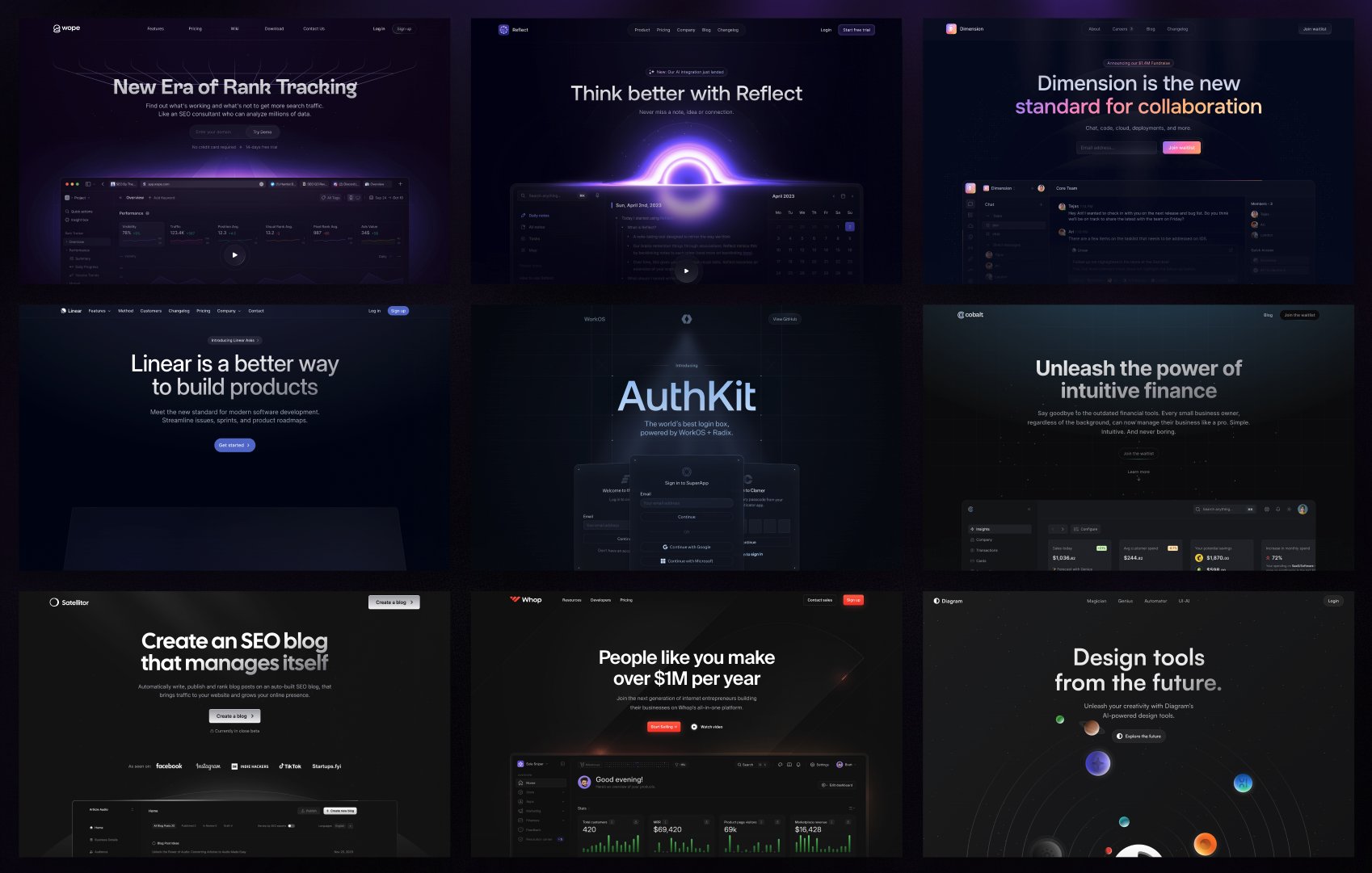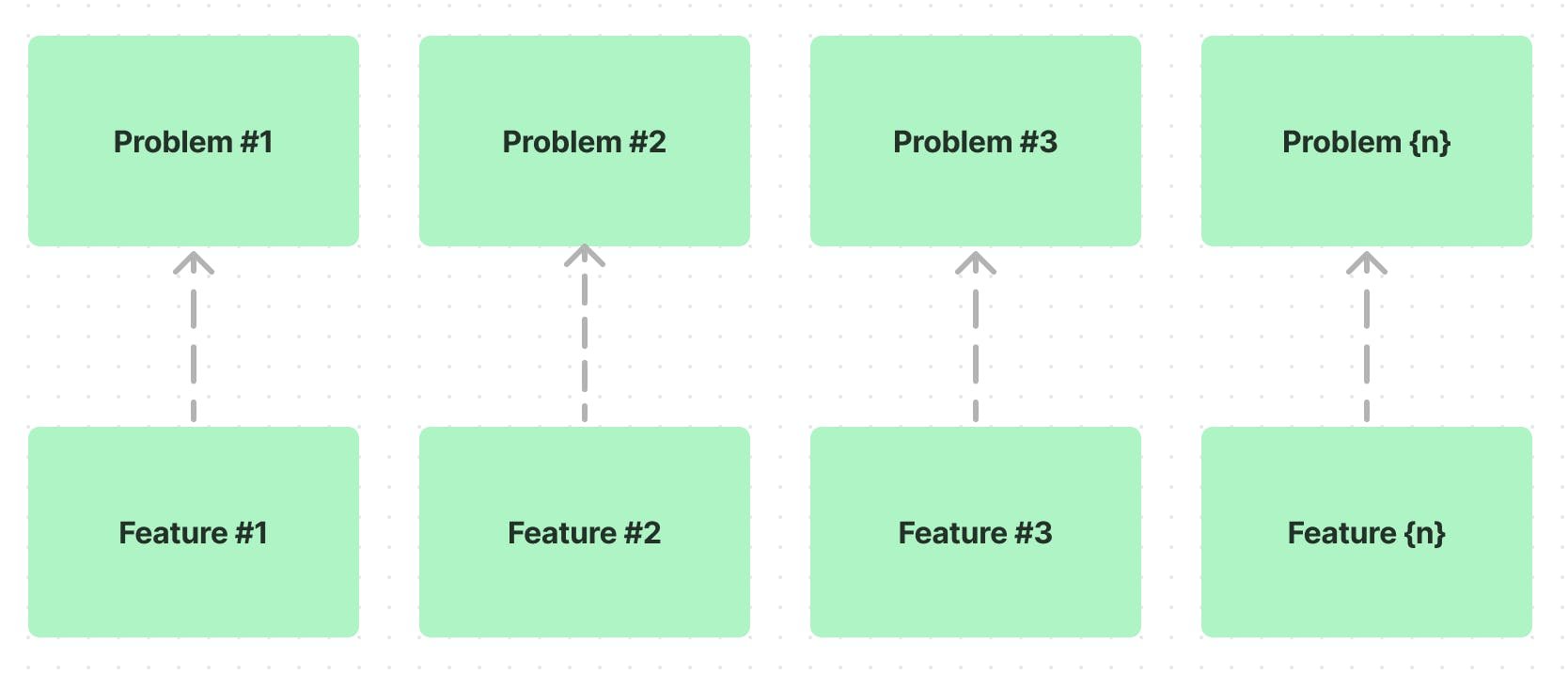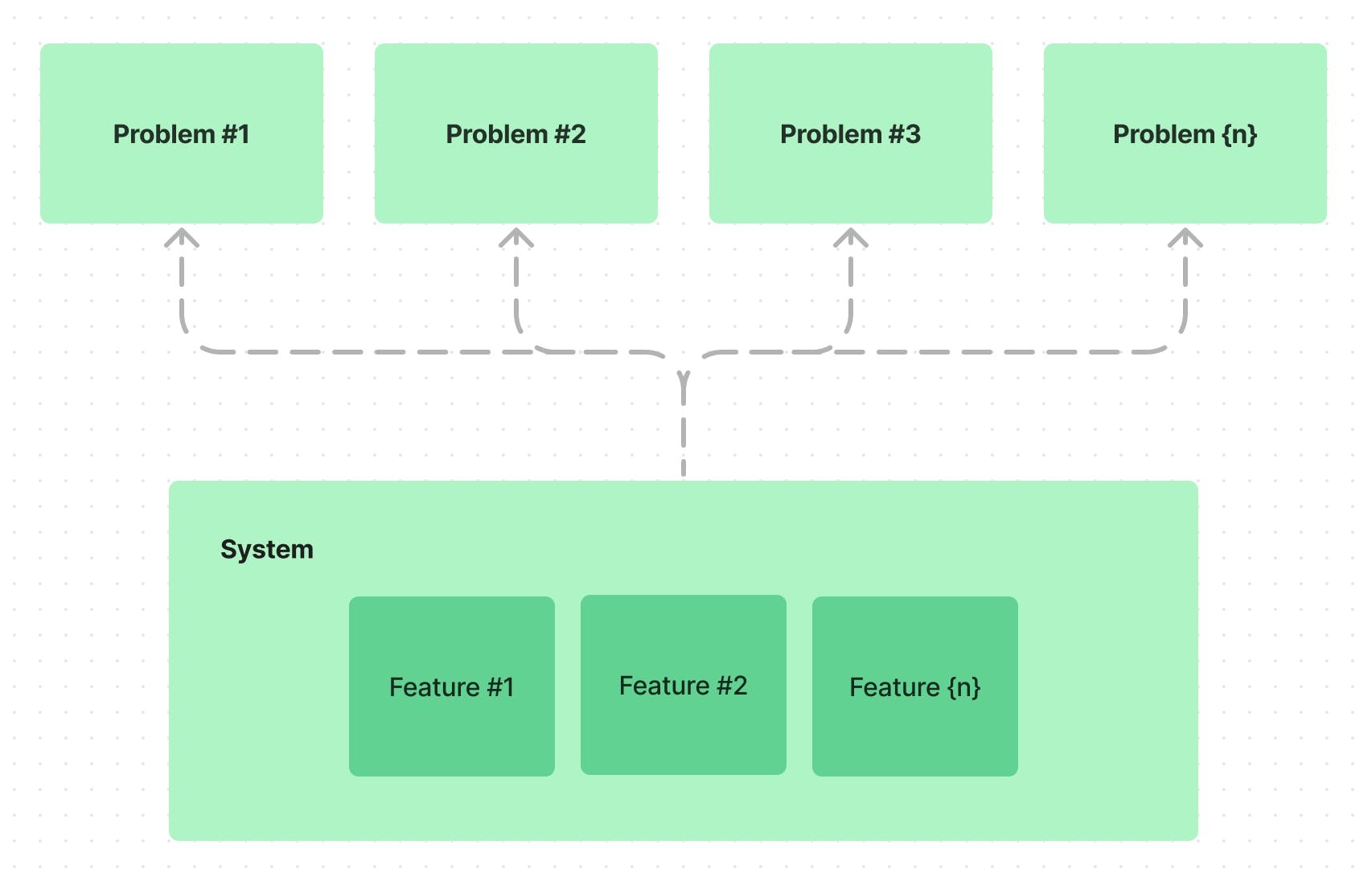Feb 22, 2024
Key takeaways from season 4 of Dive Club
Creator of Dive
I skip most episodes from my favorite podcasts 😬
Sooo... ya, I get it.
That's why I want to pause at the end of season 4 and reflect on the key insights I've learned from these past two months of interviews 👇
🤑 9 golden nuggets from season 4
1 — Stand out as a candidate by highlighting how quickly you learn new skills
⤷ insight from Soleio (S4E9)
So many incredible designers got their start at Facebook… and Soleio was the person that hired a lot of them.
So I asked him → "What are you looking for in new hires?"
His answer → "Time to proficiency"
"It's almost as though one's ability to learn new things quickly is a meta skill in itself"
— Soleio
So what's a story you can tell in your next interview to convey this?
If you can convince a hiring manager that you're capable of learning new skills more quickly than the average designer...maybe that's a great way you can stand out 👀
2 — Make time for vision casting
⤷ insight from Soren Iverson (S4E1) & Kevin Wong (S4E8)
It's really easy to get caught up in near term work...
But one of the best ways to make an impact on your team is to dedicate a chunk of time to step out of short run constraints and cast vision for where the product might go a year+ from now.
"Showing people you're thinking strategically about the future goes a long way to insert your influence with product partners"
— Soren Iverson
There's a good chance nobody will tell you to do this work. Your PM isn't going to assign you a PRD titled "imagine the future" 😅
But it's super important (and one of the most fun parts of being a designer).
That's why Webflow emphasizes "north stars" as a way to imagine the future of the product 👀
"[North Stars] should be ambitious and a little bit uncomfortable. We understand there are constraints, but for one second, if you could suspend disbelief, what is it that we are trying to achieve and strive for?"
— Kevin Wong
3 — Every freelancer should ask their clients this question
⤷ insight from Kevin Twohy (S4E3)
At the beginning of each new project, Kevin asks a simple question 👇
"If this project goes wrong... if it goes off the rails and it's a failure, why do you think that might have happened?"
The goal is to surface things you might not be talking about already.
That way you can have their fear in the back of your mind to proactively address it throughout the project 💪
Let's be real... I'm copying any strategy that both Kevin and Grace Walker are using when it comes to freelancing 😅
4 — Novelty in web design is scoped by industry
⤷ insight from Tommy Geoco (S4E4)
As designers, we're the only ones with the 10,000' view necessary to spot macro design trends.
It's why you see screenshots on Twitter of people ripping on all of the Linear copy cats.
But Tommy reminded me that popular web designs are still novel in non-tech industries.
If we get caught up in what other designers say or our personal desire for novelty... then we miss out on opportunities to capitalize on what we already know is resonating with people.

I think it's safe to say this visual style will feel pretty fresh to everyone whose opinion actually matters in an industry like supply-chain management 😇
5 — The more use cases your product has the more necessary systems thinking becomes
⤷ insight from Ryo Lu (S4E7)
Linear is an opinionated product built on an underlying methodology about how good software teams should work.
So it's ok to solve problems with tailored features 👇

But when you're designing a product like Notion which has to account for all of these same issue tracking workflows in addition to countless other use cases...
Success is no longer about solving all the problems ❌
The goal is to figure out the broader product puzzle while using the LEAST number of unique blocks.

THIS is systems thinking.
And if you're designing around a lot of uses cases, then embracing this mental model is essential for preserving simplicity in your product.
6 — Be patient when adopting variables in Figma
⤷ insight from Molly Hellmuth (S4E6)
"What are we doing in Figma right now that we're going to regret 6 months from now?"
— Molly Hellmuth
I'm a lot less gung-ho about pushing new features to their limits nowadays.
Maybe it's because .base components still haunt my dreams from time to time 🤷♂️
That's why Molly's take resonated with me 👇
"it's important to start experimenting early, but maybe adopt a bit slowly...think about how the current features might serve your team long term. But maybe apply them in small stages or in ways that feel safe."
If you are looking for ways to leverage variables, Molly recommended number variables as low-hanging fruit and I'm a huge fan of using them in my prototypes and in my UI Kits 💪
7 — Hiring dedicated design engineers creates the "Craft Flywheel"
⤷ insight from Derek Briggs (S4E5)
What do Browser Company, Vercel, Stripe and most of the other craft-focused companies all have in common?
They hire a sh*t load of design engineers.
And this creates what I'm calling the "Craft Flywheel" 👇
Design engineers attract great designers b/c they know their UI will look amazing.
This attracts more design engineers b/c they crave front-end challenges that only the best designers can give them
Assembling skilled, senior teams allows for more autonomy
Greater autonomy eliminates process overhead (and often PMs)
Less process = more velocity
8 — When Craft matters (and when it doesn't)
⤷ insight from Soleio (S4E9)
"The details matter... but not all details are created equally"
— Soleio
It's up to you to figure out what is strategically important to your product. Where is the concentration of utility? Hone your craft there...
When Soleio was at Facebook, "sweating the details" meant figuring out weird Internet Explorer bugs so the product worked outside of the US.
He made it pretttttty clear they didn't care about things like iconography in the early days lol.
If you're designing for a newer product, then maybe craft really is necessary to be 10x better than the alternative.
For instance, I think you can make that case for products like Arc. Here's Soleio's warning though 👇
"Make sure craft is the right bet to be making because the opportunity costs are highest at the earliest stages of a business"
9 — Go beyond solving problems and focus on shifting user emotions
⤷ insight from Kate Syuma (S4E2)
Did you design a solution that solved the user's problem?
✅ Yes
❌ No
It's really easy to check that box and move on as a designer...
And I think that's why I so appreciated the psychological lens that Kate uses when designing 👇
"What could worry the user? What could create the anxiety in this flow or journey? How can you shift this emotion to another emotion?"
— Kate Syuma
That last highlighted question really hit home for me... because I definitely haven't been asking it enough in my career 🤔
Working backward from the emotional shift you're hoping to create is a fantastic way to design more human experiences.
If you want to go deeper, I broke down these ideas further in a ~23 min episode 🎬
Listen on YouTube, Spotify, iTunes, or wherever you get your podcasts 👇





